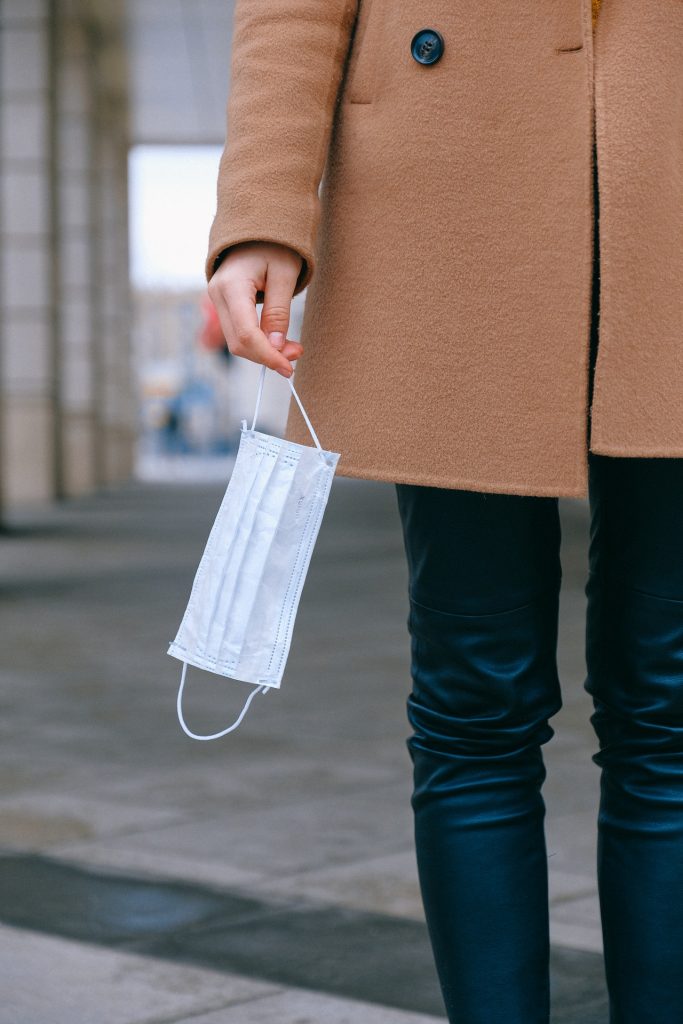Despite case figures being updated on a daily basis, it will likely take years for the full extent of the damage wrought by the coronavirus pandemic to be fully understood. Many are already talking about the devastating economic impact it has had, as well as demonstrating just how close to breaking point many of the world’s healthcare systems are. However, the pandemic is also greatly intertwined with one of the longest-running global crises of the modern era: the environment.
In the early days of Covid-19, many were optimistic that the strict lockdown measures put in place around the world would lead to improvements, reducing carbon emissions and encouraging wildlife out of seclusion. Indeed, one of the few memes to bring some joy to people during those fearful early days was the widespread notion that “nature is healing”. But as time progressed, and things cautiously returned to relative normalcy, then retreated again, there were certain issues which seemed destined to cause more long-term damage, with National Geographic starkly warning that “a more polluted future has been brewing while we weren’t looking.”
And one key factor contributing to this more polluted future has been the huge increase in the use of disposable personal protective equipment (PPE), and the impact it has on plastic pollution.
What is plastic pollution?
As activist charity Surfers Against Sewage explains, plastic pollution can be concisely defined as “plastic where it shouldn’t be.” Their research shows that an estimated 8 million plastic items contaminate the earth’s seas and oceans on a daily basis, resulting in a cumulative total of around 269,000 tons of plastic pollution. This is a significant amount of waste in and of itself, but the fact that it takes up to 500 years for certain plastic items to decompose means that this constant stream of discarded plastic is inherently unsustainable, and is only being made worse by the increased demand for single-use PPE.
How is disposable PPE contributing to the ocean’s plastic levels?
As The Conversation has outlined, single-use PPE doesn’t just include the disposable face masks we currently have to wear every day, but also includes “respirators…face shields, goggles, gowns, coveralls, gloves and more.” Consequently, hospitals, care homes and other medical care facilities are having to use and dispose of many more of these items far more frequently, particularly with demand for PPE rising by around 40% in the early days of the pandemic.
And of course, with this rising demand for disposable equipment comes rising levels of its disposal. A September 2020 report from Science Magazine pointed out that if just 1% of face masks are disposed of incorrectly, this corresponds to a staggeringly unsustainable “10 million items, weighing 30,000 to 40,000kg”. Exact figures related to precisely how much PPE is thrown away unsafely are sadly not forthcoming, but we can be sure that the figure is a great deal more than 1% of disposable face masks.
How can PPE be disposed of safely?
With a real imminent threat that the number of jettisoned masks could soon outnumber jellyfish in our oceans, it is imperative to find ways to get rid of PPE which are both safe for the environment and for those who may come into contact with it. As waste disposal experts Bywaters point out, best practice for throwing away any clinical waste, including PPE, involves specialised, “UN-approved containers which are collected by trained professionals.”
This is all well and good for the larger organisations who can access these services on an industrial scale, but when it comes to PPE used in domestic settings, this can be a trickier proposition. A story published in The Independent in September 2020 insists that the only way to truly eradicate the risk of face masks being disposed of incorrectly is to ban them altogether, and to promote reusable masks as a more environmentally-friendly alternative. If single-use masks are to be used at all, they “should be made locally…in such a way that the plastic elements can be recycled and reused.”
Until then, the coronavirus outbreak is still classified as a pandemic, and PPE is likely to remain in high demand for a while yet. Consequently, there may also be time for biodegradable masks to become more widespread, which could help lessen the environmental emergency of this continually devastating global medical situation.

